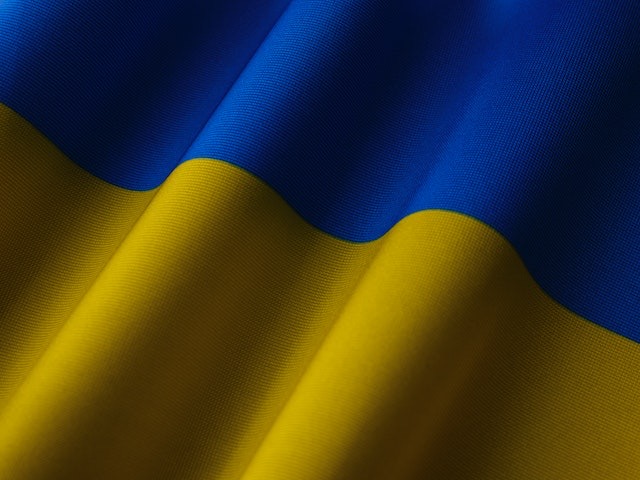In the heart of Eastern Europe, Ukraine stands as a crucial battleground where East and West converge, intertwining history, culture, and geopolitics. Nestled between Russia to the east and the European Union (EU) to the west, Ukraine finds itself at the center of a tug-of-war for influence. As the country strives to chart its own path, it faces the daunting task of balancing its ties with both sides, navigating a complex web of political, economic, and security considerations.
Ukraine’s geopolitical role has been shaped by its tumultuous history. Once part of the Soviet Union, the nation gained independence in 1991, marking a turning point in its trajectory. However, the collapse of the USSR also left a power vacuum and an identity crisis. Since then, Ukraine has been grappling with its orientation, torn between Russia’s historical and cultural influence and the allure of European integration.
One of the key factors influencing Ukraine’s geopolitical balancing act is its energy dependence. Historically, Ukraine has been heavily reliant on Russian natural gas supplies, making it vulnerable to Moscow’s leverage. However, this dependency has spurred efforts to diversify energy sources and reduce reliance on Russia. The development of alternative energy partnerships with the EU and investments in domestic resources signal Ukraine’s determination to break free from Russia’s grip.
The Ukrainian people have demonstrated their desire for closer integration with Europe through the Euromaidan protests in 2013-2014. The movement sought to challenge the country’s corrupt political system and align Ukraine with Western values of democracy, human rights, and the rule of law. The subsequent ousting of pro-Russian President Viktor Yanukovych and the signing of the Association Agreement with the EU were significant milestones in Ukraine’s pro-Western trajectory.
However, Ukraine’s pivot towards the West has not come without challenges. Russia’s annexation of Crimea in 2014 and its support for separatist movements in eastern Ukraine created a protracted conflict, leading to a frozen conflict situation. The ongoing war in the Donbass region has tested Ukraine’s resolve and strained its relationship with Russia, complicating its efforts to strike a delicate balance between East and West.
From an economic standpoint, Ukraine has also sought to strengthen its ties with the EU. The Deep and Comprehensive Free Trade Area (DCFTA) agreement has provided Ukrainian businesses with access to European markets, paving the way for economic growth and modernization. Simultaneously, the country faces the challenge of implementing necessary reforms and tackling corruption, which remain significant hurdles on the path to closer European integration.
Ukraine’s geopolitical role extends beyond its immediate borders. It plays a crucial role in regional security dynamics, particularly in relation to NATO. While not yet a member of the alliance, Ukraine has expressed aspirations for NATO membership, aiming to solidify its security guarantees and protect its sovereignty. However, this ambition has drawn opposition from Russia, which views NATO expansion as a direct threat to its own security interests.
As Ukraine navigates its complex geopolitical landscape, it must strike a delicate balance between pursuing closer ties with the EU and maintaining necessary channels of communication with Russia. The country’s ability to manage this dual-track approach will be critical in determining its future trajectory and its capacity to safeguard its national interests.
In conclusion, Ukraine’s geopolitical role as a balancing act between East and West is a multifaceted and ever-evolving endeavor. The country’s historical, cultural, and economic ties to both Russia and the EU create a complex web of influences that Ukraine must carefully navigate. As it strives for greater European integration while managing its relationship with Russia, Ukraine’s choices will shape not only its own destiny but also the broader geopolitical landscape of Eastern Europe.











